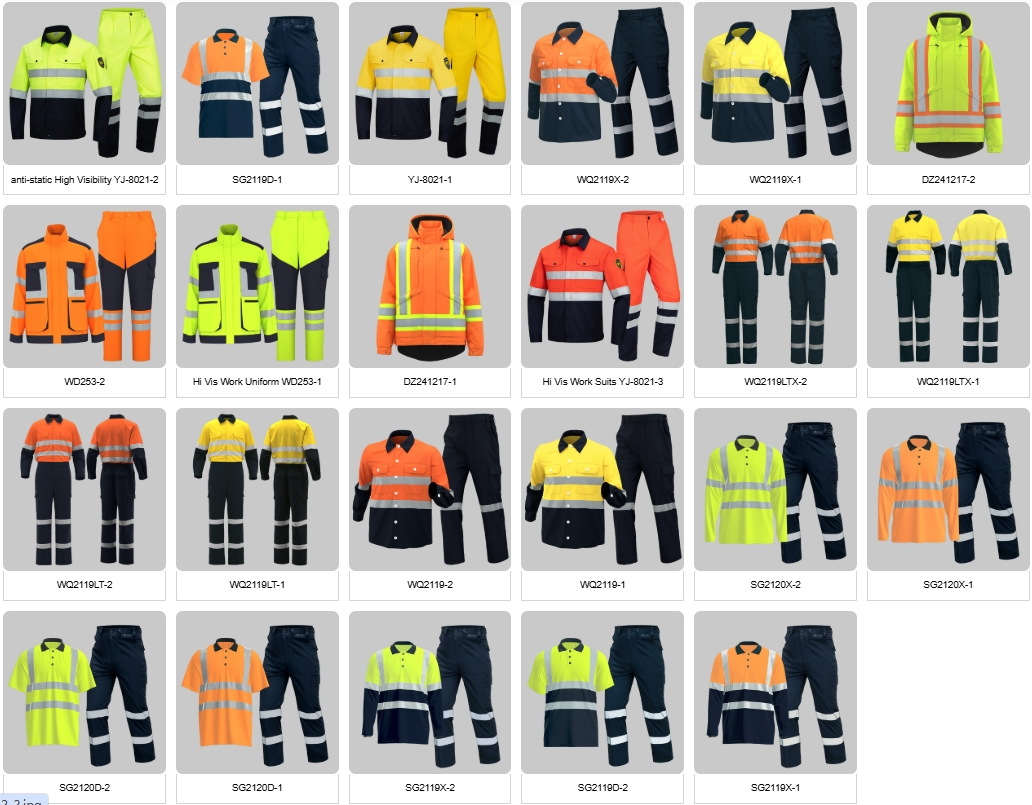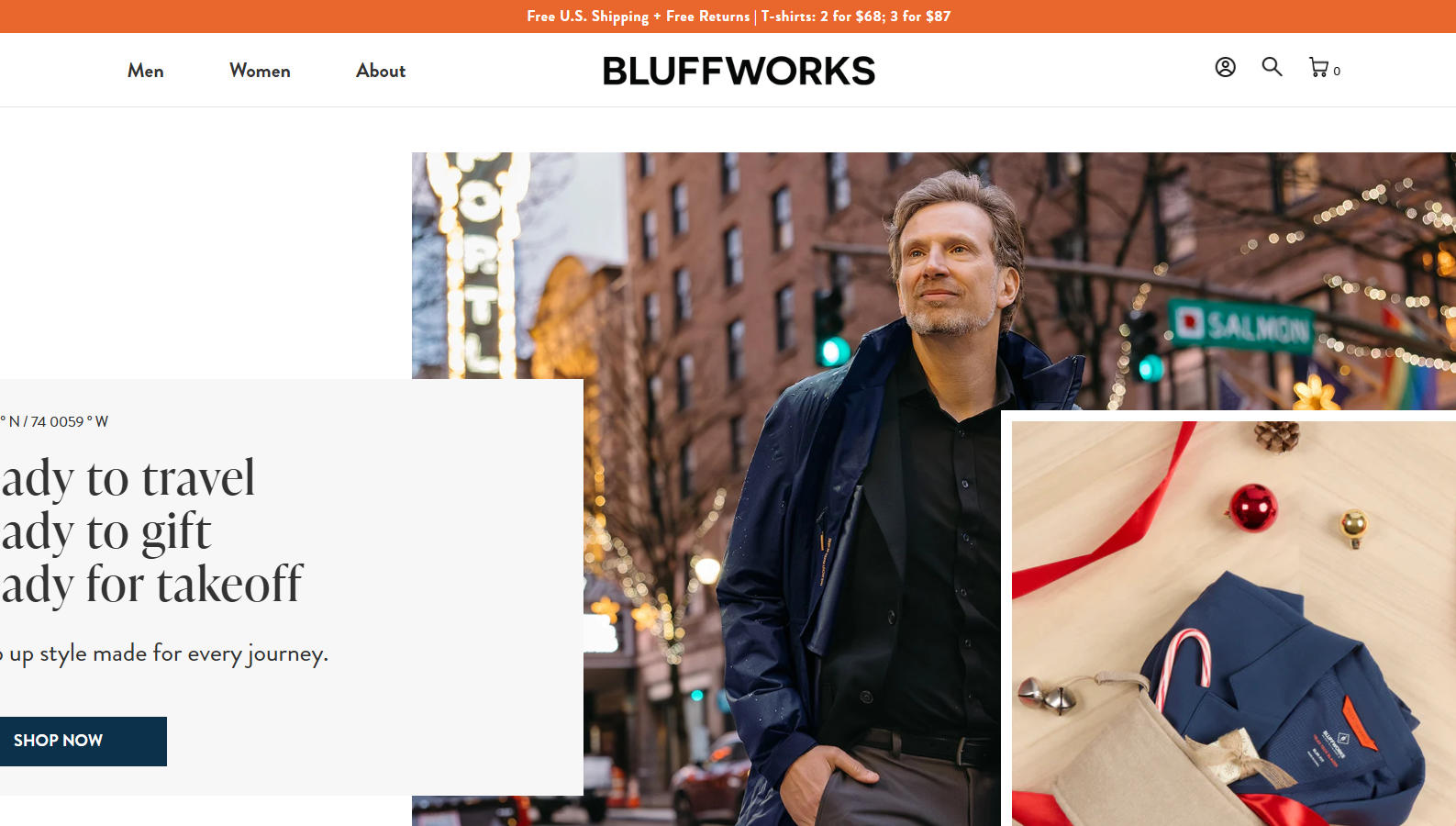The process for an Uzbek company importing custom logo workwear from China is a well-established and efficient supply chain route. Here is a comprehensive guide detailing the steps, key considerations, and strategic advice for a successful import operation.
Overview of the Process for an Uzbek Company
The journey involves finding a reliable manufacturer, ensuring quality, and navigating the land logistics and Uzbek customs. Here’s a visual breakdown of the key stages:
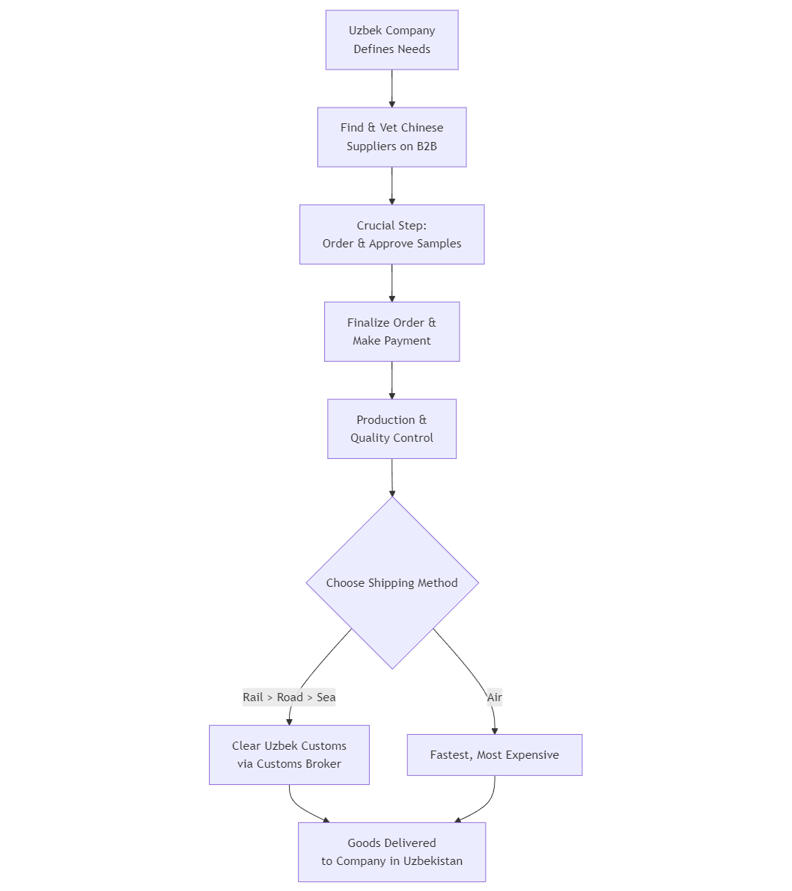
Step-by-Step Guide for the Uzbek Company
1. Finding a Reliable Chinese Supplier
-
Primary Platforms: Use Alibaba.com or Made-in-China.com. Filter for “Gold Suppliers” or “Verified Manufacturers” with good transaction history and reviews.
-
Search Terms: “custom workwear,” “embroidered polo shirts,” “corporate uniforms,” “logo coveralls.”
-
Due Diligence: Check the supplier’s business license, request a video call or a factory tour, and ask for references from other international clients.
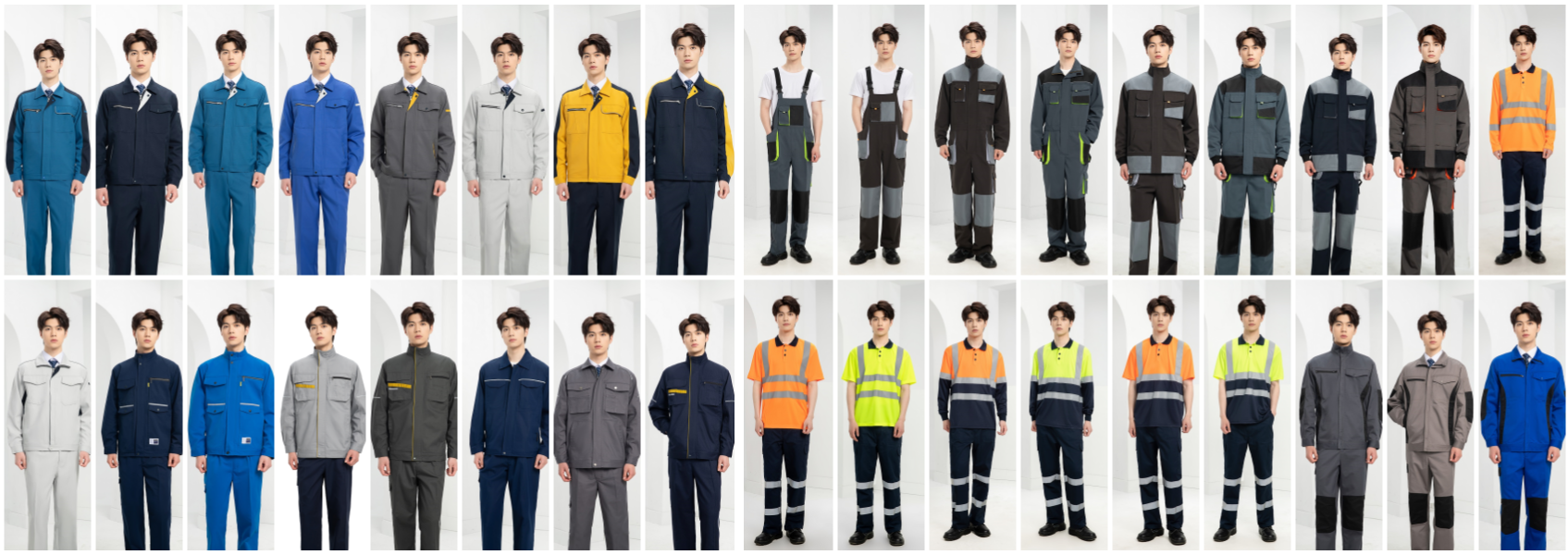
polyester cotton labor workwear
2. The Sampling Process (The Most Critical Step)
-
Request a Production Sample: Before placing a bulk order, pay for a sample made to your exact specifications.
-
What to Check:
-
Fabric Quality: Weight, breathability, and durability.
-
Stitching: Quality and strength of seams.
-
Logo Embroidery/Printing: Accuracy of colors, placement, and quality. Is the thread durable? Is the print clear?
-
Fit: Provide your own size chart. Asian sizing often runs smaller, so be explicit about the measurements you need for your workforce.
-
3. Placing the Order
-
Get a Proforma Invoice (PI): This document details the product specs, price, MOQ, payment terms, and delivery schedule.
-
Payment Terms: Standard practice is a 30% deposit with the balance (70%) paid before shipment. Using Alibaba Trade Assurance provides essential payment protection.
-
Contract: A simple manufacturing agreement should outline all details, including quality standards and the protocol for addressing defective goods.
4. Logistics & Importing into Uzbekistan
This is a crucial and complex part that requires local expertise.
-
Shipping Methods from China to Uzbekistan:
-
Rail Freight (Most Popular): The China-Kyrgyzstan-Uzbekistan railway and other routes are efficient and cost-effective. It’s faster than sea and cheaper than air. Transit time is typically 15-25 days.
-
Road Freight: Good for smaller or more urgent shipments. Transit time is 7-14 days.
-
Air Freight: Very fast (3-7 days) but expensive. Suitable for high-value or urgent samples.
-
Multimodal (Sea+Rail/Road): Ship to a port like Baku (Azerbaijan) or Bandar Abbas (Iran), then by rail/truck to Uzbekistan. This can be cost-effective but slower.
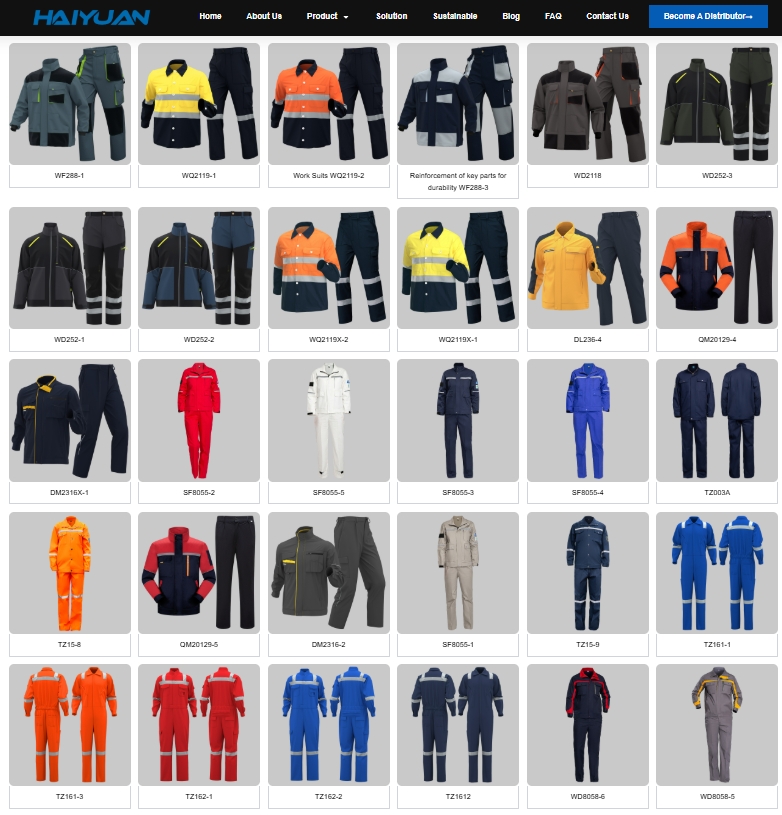
work-uniform-suits
-
-
You MUST Hire a Uzbek Customs Broker:
A local broker is essential for a smooth import process. They will:-
Classify your goods under the Uzbek Customs Commodity Nomenclature.
-
Calculate and pay import duties and Value Added Tax (VAT). Uzbekistan’s standard VAT rate is 12%.
-
Prepare all required documentation (Customs Declaration, Certificate of Origin, Invoice, Packing List, etc.).
-
Handle the clearance process with the State Customs Committee of Uzbekistan.
-
Key Considerations for the Uzbek Company
-
E-commerce & Logistics Hubs: Many importers operate from Tashkent, the commercial capital. The city is a major logistics hub for goods entering the country.
-
Language: Communication with Chinese suppliers is typically in simple English. For complex negotiations, a sourcing agent can be invaluable.
-
Lead Time: Factor in 30-45 days for production plus 15-30 days for land/rail logistics and customs clearance. In total, plan for a 45-75 day timeline.
-
Quality Control: For significant orders, consider hiring a third-party inspection company in China to check the goods before they are shipped. This prevents receiving a substandard batch.
Cost Calculation (Example)
Let’s assume an order of 2,000 custom polo shirts at $5.00/piece (FOB).
| Cost Factor | Calculation | Estimated Cost (USD) |
|---|---|---|
| Product Cost (FOB) | 2,000 pcs x $5.00 | $10,000 |
| Rail Freight & Insurance | China to Tashkent | $1,500 |
| CIF Value | (Product + Freight) | $11,500 |
| Uzbek Import Duty | Varies; let’s assume 5% of CIF | $575 |
| Uzbek VAT (12%) | 12% of (CIF Value + Duty) | $1,449 |
| Customs Broker Fees | $400 | |
| Domestic Transport in UZ | From depot to warehouse | $200 |
| Total Landed Cost | $14,124 | |
| True Cost Per Polo | $14,124 / 2,000 pcs | $7.06 |
This demonstrates that the true “landed cost” per shirt ($7.06) is significantly higher than the FOB price ($5.00).
Summary of Action Steps
-
Define Your Needs: Create a clear “tech pack” with design, fabric, and logo details.
-
Source Suppliers: Use Alibaba to find and vet 3-5 potential manufacturers.
-
Test Quality: Order and approve a production sample.
-
Secure Local Support: Simultaneously, find a reliable freight forwarder and customs broker in Uzbekistan. Get cost estimates from them.
-
Calculate True Cost: Use the broker’s estimates to understand your final “landed cost” per uniform.
-
Place Order: Start with a smaller trial order to build trust with the supplier before scaling up.
By following this structured process, an Uzbek company can reliably and cost-effectively import high-quality, custom-branded workwear from China, supporting its brand image and operational needs across various industries.
For some insightful reads, we’ve curated a list of recommended articles just for you:
- How do I find a product manufacturer in China?
- How to find cheap manufacturers in China? A guide to avoid pitfalls
- How to complete your first purchase of workwear in China safely and efficiently
- Custom uniforms for Small business
- Choosing the Best Industrial Work Suit
- Ultimate Guide: Best Wholesale Work Clothes in China
- Cut & Sew Customization
- Logo Customize Clonthing Manufacturer
- Labour Uniform manufacturer
- Labor clothing uniform for sale
- Working clothes china wholesale
Can’t find what you’re looking for? Feel free to contact us. We’re here to help 24/7.

